If you find it nearly impossible to vacuum into your filter system because of poor suction, or you can’t vacuum to waste with your slide valve or cartridge pool filter, or if you take care of several pools and want a consistent method – make a Porta-Vac pool pump!
Materials Needed for a Porta-Vac Pump
A Porta-Vac, short for portable vacuum, is a pool pump with a power cord attached. Hose adapters connect the suction hose (vacuum hose) and discharge hose (another vac hose, or backwash hose with clamp). Below are a few materials you’ll need to get your Porta-Vac pool pump up and running!
Pool pump
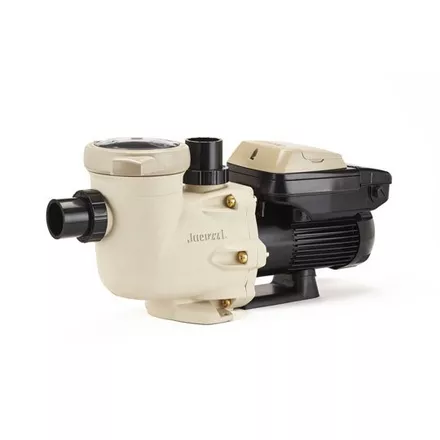
Power cord
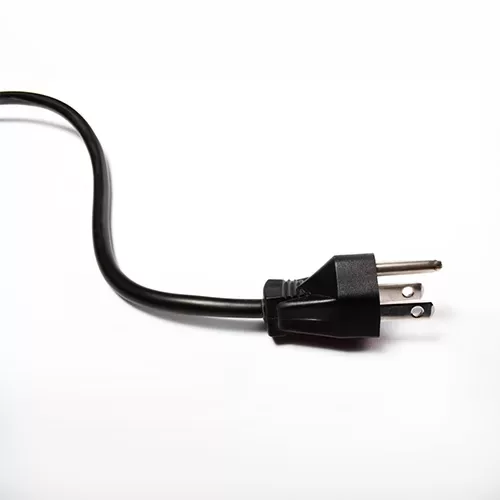
Hose adapters
Pool pump
But not just any pump, it has to have a reversible voltage motor, so that the motor wires can be switched to accept 115V (from a power cord). Most above ground pool pumps accept 115V, and most inground pumps are reversible. 2Hp or larger inground pumps are often 230V only, and cannot be switched to accept 115V. And if the pump is too large, or too powerful, the vacuum head can become stuck to the floor. 1 hp pumps seem to work best, although a 3/4hp or 1.5hp pool pump may also be used.
Power cord
It must be a 3-prong grounded plug with 2 power leads and a green ground wire. You can find a 12/3 or 14/3 appliance plug at any home/hardware store, or you can cut off a old extension cord, and strip the wire casing back about 4 inches to expose the wires. You can buy extra protection with a power cord that has a built in GFCI, to shut off power if it senses voltage loss. Go the extra step and secure the cord into the knock-out using a cable clamp connector, so the wires can’t be pulled out of the motor.
Hose adapters
The Hayward Hose adapter can be used, with Teflon tape to attach the hoses to the Porta-Vac pool pump. We typically cut off the smaller tip on the end of the adapter (for 1.25in hoses), but it’s not necessary. We also have a 90° elbow hose adapter. You can also use hard PVC on the discharge outlet of the pump. A threaded 1.5in fitting in the pump, which rises a few inches into a 90 fitting, with about a foot of PVC pipe attached. In this way you have a carry handle for the pump and in some cases may not need to attach any discharge hose.
Questions About Porta-Vac Pumps
Which pool pump should I use?
Honestly, it doesn’t really matter, as long as the motor is 115V or 115V/230V (reversible). Ideally it won’t be too powerful like a large Whisperflo or Northstar pump. A medium head pump like the Hayward Super Pump or Pentair SuperFlo 1 or 1.5 hp will do nicely. Ideally, it would have a large strainer basket on the front, to keep from having to empty the basket too often, although an inline leaf strainer can be used.
Can above ground pool pumps be used?
Some will say that you can’t, because above ground pumps are not self-priming. However, if it’s placed on the pool deck, less than a foot above the water level, it will catch prime, no problem. The Hayward Power-Flo Matrix or the smaller Power-Flo LX pump, both make fine Porta-Vac pool pumps.
Can I use a Porta-Vac to improve filtration?
In a way, yes. Since a Porta-Vac pool pump can be used to improve circulation, it will also improve filtration. If you leave the vacuum pole and hose attached, and then run the discharge hose back into the pool or into the skimmer, you can improve deep end water quality, as the vac head acts like a main drain, essentially doubling your pool circulation, for faster pool clean-ups.
Why does my breaker keep tripping when I use the Porta-Vac?
If it trips immediately, make sure that you are using a grounded plug and that the plug wires are connectly correctly to both terminals. For long extension cord runs, using a larger wire diameter cord can help. If it trips after running for few minutes, check what other electrical loads may also be using the circuit, or just find another outlet to use. Kitchen and utility rooms often have 20A electrical outlets, while exterior outlets are typically 15A.
Can I make a gas-powered Porta-Vac pool pump?
Yes, in fact we used several Honda semi-trash pumps in the 3-5 hp range to vacuum pools that were filled with leaves, or to quickly vacuum and continue to lower the water level for winterization, while the filter was being cleaned and winterized. We outfitted the suction side with a 3in heavy duty hose connected to a 3-way Jandy valve, or Tee fitting. This allowed us to vacuum the pool without the vacuum head getting stuck to the pool, from too much suction. The discharge side of the pump had quick disconnect fittings for our heavy duty discharge hose.
I have a lot of large debris, will this work for me?
For messy pools with large debris, you want a pump that has a fairly large basket. Or, you can use an in-line leaf strainer, which attaches to the end of the vacuum hose, and the other end attaches to a short 6 ft hose section, which attaches to the front of the pump. Leaf strainers hold a lot of debris, so you can happily vacuum without stopping every 4 minutes to empty the pump basket.
What precautions should I take?
The largest potential hazard would be accidentally pulling the pump into the pool by mistake. Secondly, be careful plugging in an electric cord while you may be standing in a puddle of water. Be sure to secure the power cord into the 3/4in knockout, by using a 3/4in cable clamp, so wires can’t become disconnected and ground out inside the motor.
How do I reverse power from 230V to 115V?
First make sure that the pump has a 115V motor, or can be switched from 230V to 115V. To switch to 115V, it is necessary to move 1 or 2 wires in the back of the motor, on the terminal board where the wires connect. The pump motor label plate will have a voltage wiring diagram, and you want to move a few wires in the back to match the low voltage diagram. Some newer motors are simply moving a switch, while others require you to move two wires to different terminals on the terminal board.
How do I connect the power cord?
After confirming that the motor is ready to accept 115V, run the power cord wires through the opening at the rear of the motor, and clamp them using a cable clamp. Connect the green ground wire to the ground screw, and the 2 power leads to L1 and L2 terminals (doesn’t matter which wire goes to which terminal). Add water to prime the pump and test it out!




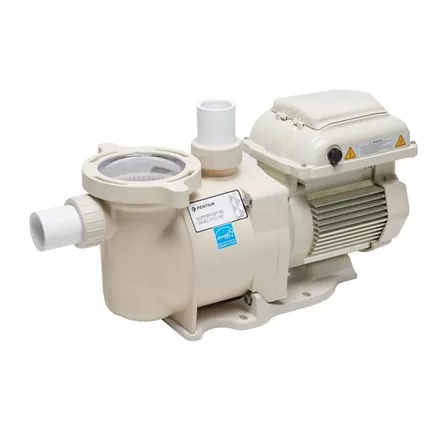
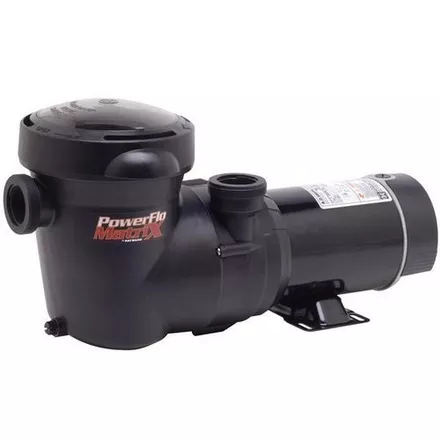
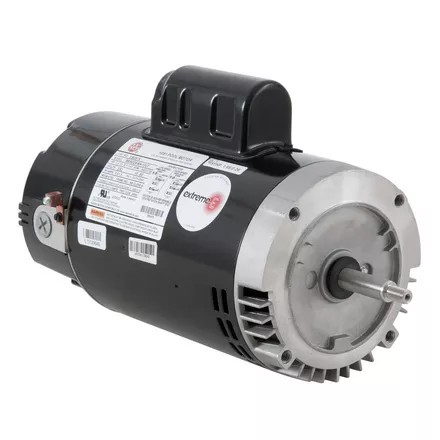
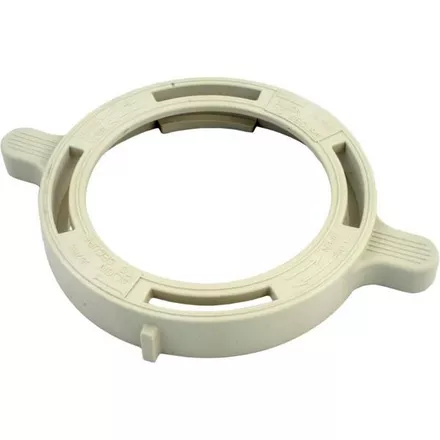

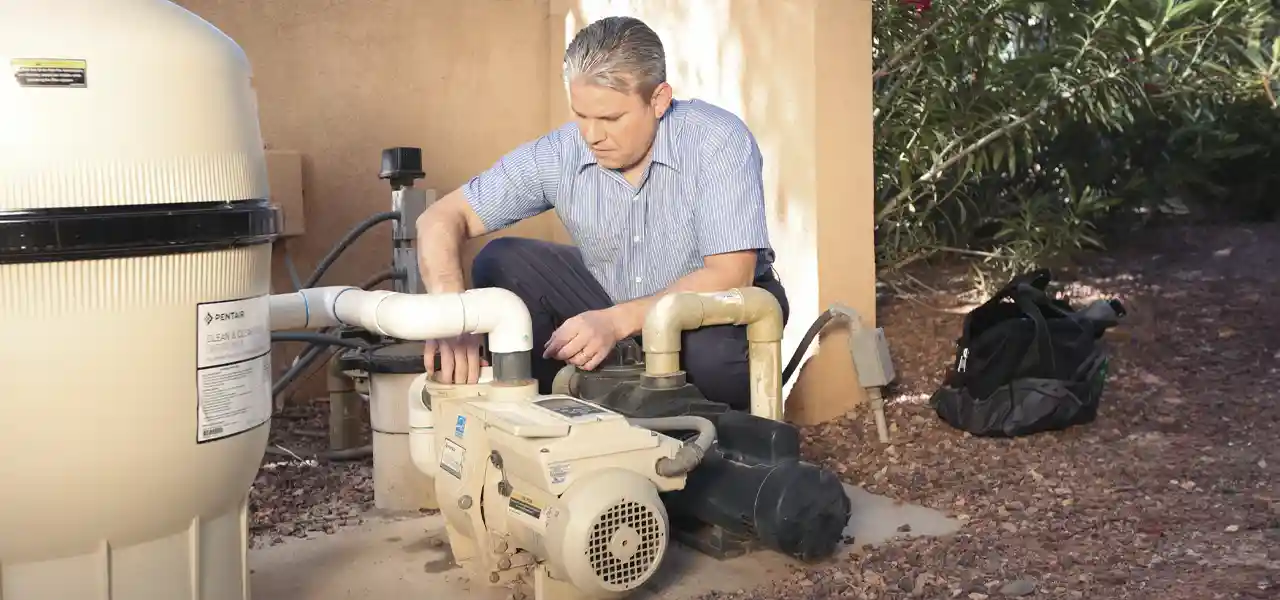
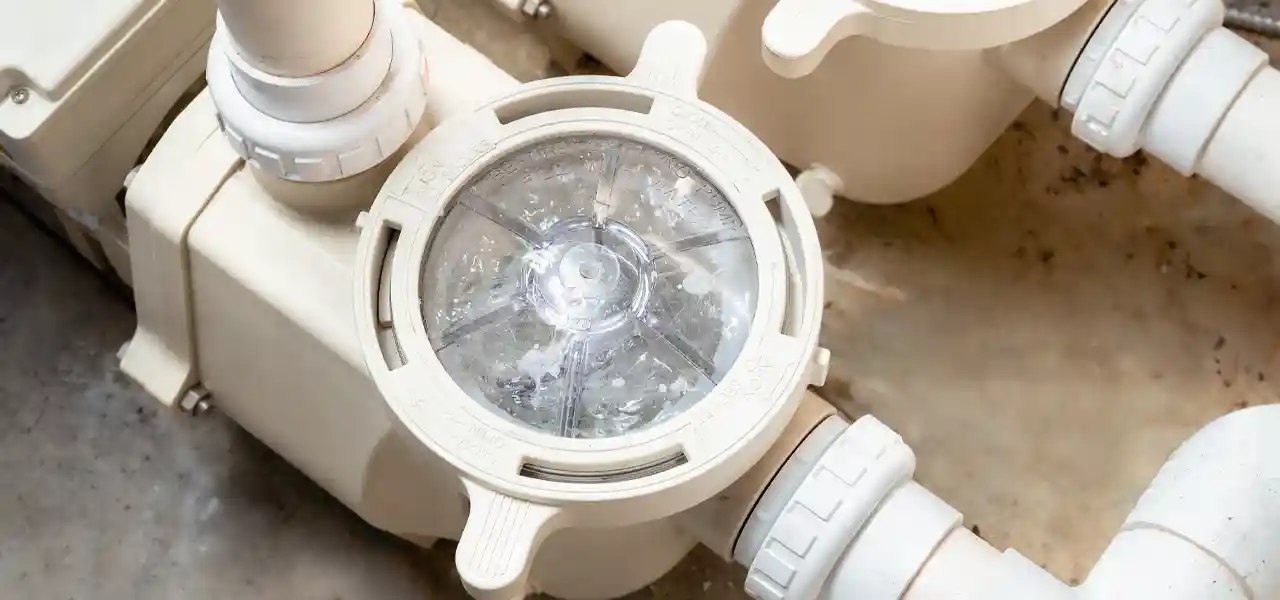
Quick question… I have a 30,000 gallon pool with a sand filter which barely pulls through the skimmer at times. I have a spare 1.5 Hp pump and want to make a portable filter just for vacuuming as it takes hours if not days to vacuum the pool (depending on how dirty it is). What size cartridge filter would you recommend. I am looking at a Hayward StarClear 50, but don’t know if it would be large enough or could handle the flow. I just want to be able to clean the pool in less than an hour.
hi Scott, the StarClear 50, aka C500 filter is rated for 50 GPM, which may work with the pump you are using, but you would have to check the flow chart/flow curve for the make/model pump and determine, using a low level of resistance like just 5 Ft of Head on the vertical axis. Otherwise, C900 does 90 GPM. Or there are cheaper filters, even larger (150 GPM), from Waterway ($399) or Jacuzzi ($377) https://intheswim.com/c/ig-filters/, that handle over 120 GPM
I would like to have a porta-vac with a cartage filter in order to not only vacuum to waste but be able to switch the flow into the pool.
Yes, we had one of those back in the day, I called it the Rent-A-Filter, and we used it to clear-up pools that were green-green, and we could not drain, due to a well or some other reasons. You can buy what you are talking about, but the prices are high, you can make your own with a filter strapped to a dolly, and a pump that sits by the side, and some quick-connect unions for the plumbing connection.
Hello, a pool rookie here. I have an above ground pool in dire need of vacuum to waste (lots of debris in the middle), and an extra 2 HP pump. I can’t get it to prime; I’ve tried to install it on the deck, and below the water line without luck. I’m missing something obvious here, any hints would be awesome
Thanks
Harold, be sure that the hose adapter, screwed into the front of the pump has Teflon tape or other thread sealant. Also make sure the lid o-ring is lubed and the lid is VERY tight. Also, make sure that the vacuum hose swivel end is attached to the vacuum head, and not to the pump, because the swivel end leaks air, and also make sure the vac hose has no small slits in it.
Need some help.
Purchased a Blue Wave above ground pump that is 1 HP and I am trying to create a porta vac. Self Priming with dual ports. Only difference is it 110v. I am struggling to get it going…is the pump not strong enough? I am waiting on new vac head and hose but not sure that matters. Been a struggle.
Adam, if it sounds like the motor is not coming up to speed, or not really starting fully, then I would check the switches in the back, centrifugal and stationary, they may be loose or fused or misaligned. If the pump is not catching prime, you did fill with water right? And did you use TEflon tape on the hose adapter coming Into the pump? Is the pump lid on tight, with the o-ring lubed?
Do you have the non-swivel end of the vacuum hose attached to the hose adapter snugly? Is the basket in place properly, to keep debris out of the impeller? Is the discharge hose kinked or obstructed?
I have been wanting to do this and pondering on which pump to use. This article is very well written, easy to understand and all your statements are true. Thanks for confirming there is a economical way to quickly vacuum a pool floor. I was wondering if an above ground pump would create enough head pressure to work. Thanks
Hi Dale, an aboveground pump can work sure – my largest criteria was usually pump basket size, having a large basket is useful, so you don’t have to stop to empty so often. Although, you can use an inline strainer, aka leaf trap, as well, to have nearly unlimited basket size.